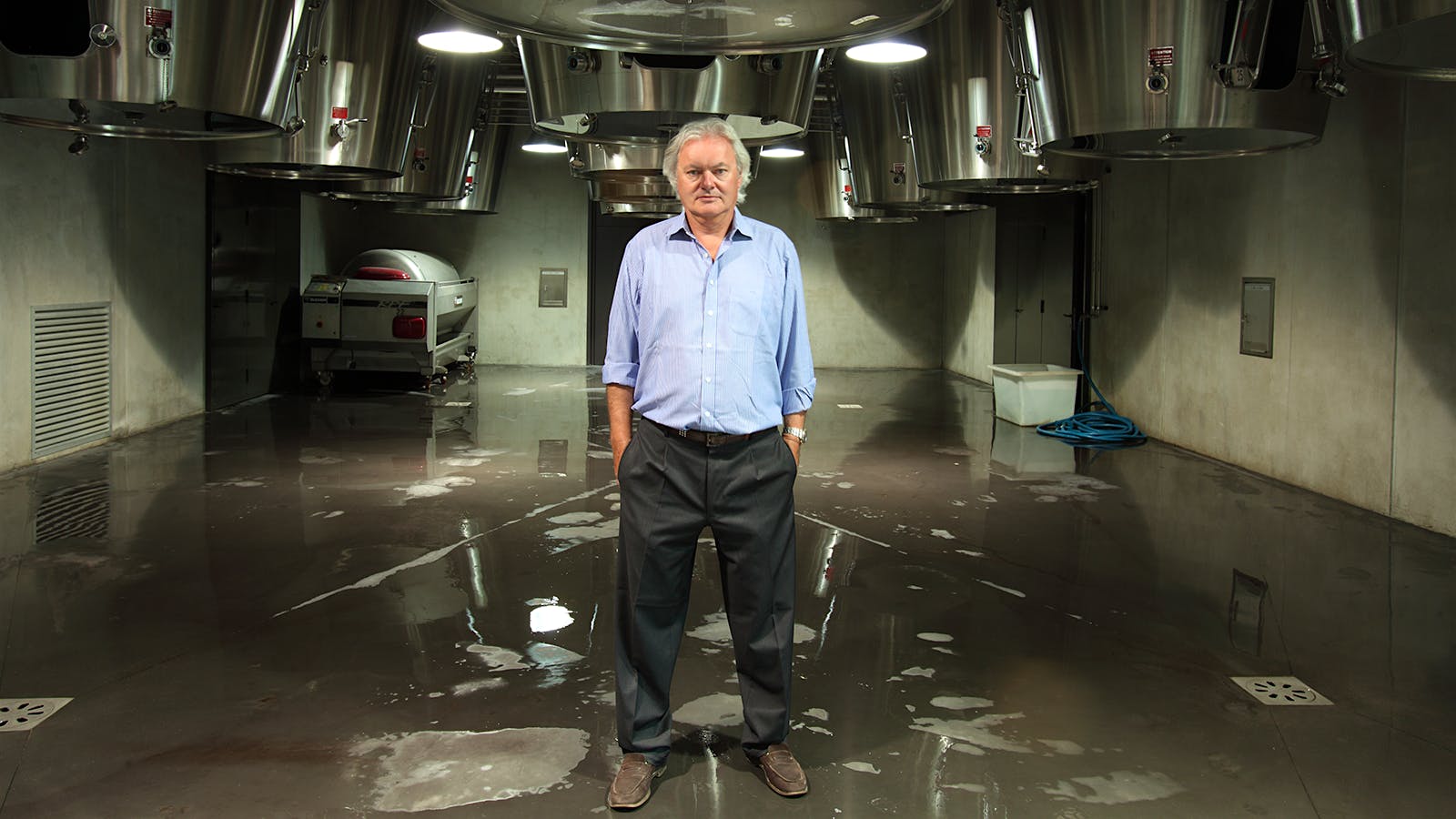Hubert de Boüard de Laforest, co-owner of St.-Emilion’s Château Angélus and winemaking consultant, was found guilty yesterday by a Bordeaux tribunal of knowingly using his public roles to influence the 2012 St.-Emilion classification. The court found that he participated in the ranking process despite having a financial interest in the classification and acting as an advisor to estates under consideration. He will pay a fine of €40,000 for his role.
Co-defendent Philippe Casteja was exonerated of criminal wrongdoing. Through his family holding company, Casteja controls Maison Borie Manoux and several prestigious classified estates, including Château Trotte Vieille, which retained its St.-Emilion Premier Grand Cru B ranking in 2012.
The conviction raises a larger question: Is the St.-Emilion classification saga finally reaching a bitter end?
According to the magistrates, from 2010 to 2012, de Boüard “participated multiple times at all stages of the procedure which led to the preparation of the classification and its regulation.” French regulations clearly state he should have removed himself in situations of conflict of interest.
This most recent classification has been battered by lawsuits since its validation in 2012, when three châteaus were excluded. Those three châteaus had joined this case, suing for damages. The court dismissed their complaint, finding no evidence that de Boüard’s influence had directly impacted their demotion. But the classification had raised a lot of eyebrows, especially after Château Angélus was promoted to Premier Grand Cru A, the highest rank.
During the period in question, de Boüard was a member of the national committee of the National Institute of Origin and Quality (INAO), which oversees appellations and the classification, and president of the Grand Cru section of the St.-Emilion wine syndicate (ODG St.-Emilion). He is also a co-owner of Angélus and a winemaking consultant for eight other vineyards that were classified.
The tribunal was scathing, describing his “preponderant” roles within the INAO and the ODG in the development of the classification. “It does not appear that Mr. de Boüard withdrew at any time,” announced the tribunal.
The tribunal also denounced de Boüard’s participation in a meeting that selected the seven members of the classification’s commission and his participation in an unofficial gathering of local powerbrokers to set out the rules for the classification ahead of the official procedure. His intervention as a consultant for wineries competing for classification was determined to be “a serious disturbance to the public, economic and social order.”
De Boüard was fined €60,000, with €20,000 suspended, a slap on the wrist considering that during the trial, de Boüard reported an annual income of between €500,000 and €3 million. He has 10 days to appeal. Speaking at an event in London today, he would not say what his plans were. “Everything I have done, I have done for the collective,” he said. “This is an injustice.”
The repercussions could spread wider, however. As of this date, it’s unclear how the ruling will impact the integrity of the classification, the ranking of Angélus and the rankings of de Boüard’s clients.
The local wine association is standing behind it. According to Franck Binard, director of the St.-Emilion wine council, “This conviction does not call into question the legitimacy of the classification, the legality of which is at the discretion of the administrative judge.”
But the classification’s legitimacy will soon come under scrutiny again, in Bordeaux’s administrative tribunal, where the three demoted châteaus continue to contest its validity. The ranking is reviewed every 10 years and the 2006 classification was annulled by the courts after fractious legal battles.
Binard remains bullish about the next round, however. “All of the work to secure the classification procedure by the INAO, supported by the various decisions of the administrative courts, should allow the development of the next classification to be carried out in 2022 with confidence.”
But ultimately, confidence in the ranking, and its relevance, seems to be slipping. Last June, Châteaus Cheval-Blanc and Ausone abandoned the classification. The two legendary estates had been ranked Premier Grand Cru A since the inception of the official rankings in the 1950s. They said that it no longer represented their values. Another leading winegrower, Prince Robert de Luxembourg, owner of Château Haut-Brion and Clarence Dillon Wines, quietly forfeited the ranking of his St.-Emilion property, Château Quintus, when he enlarged the estate with plots from neighboring properties.
Stay on top of important wine stories with Wine Spectator’s free Breaking News Alerts.
